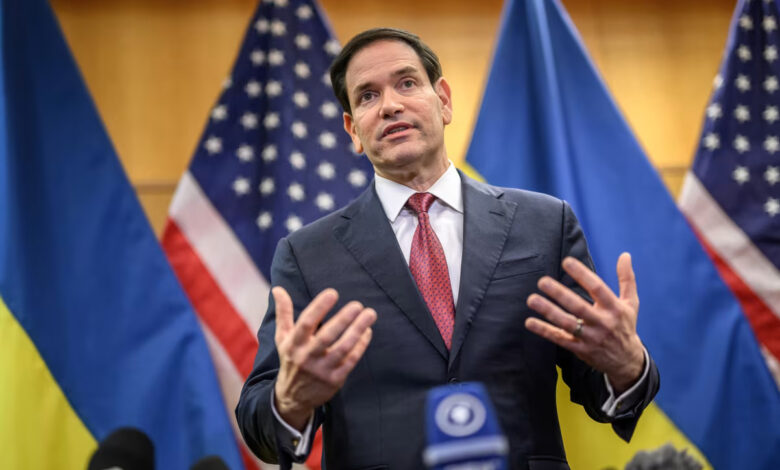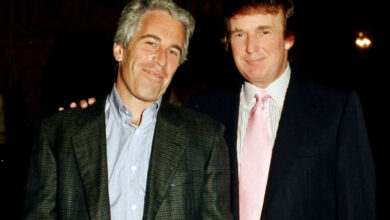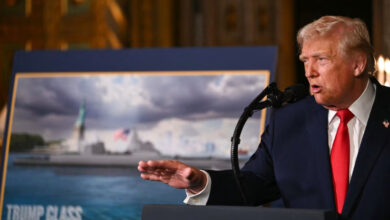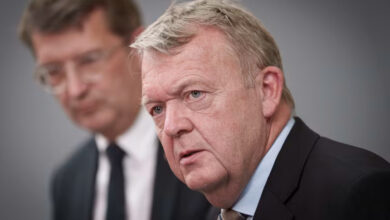
Despite “a few remaining points of disagreement,” President Trump heralded his team’s “tremendous progress” made towards ending Russia’s war in Ukraine.
Earlier, his top diplomat, US Secretary of State Marco Rubio, also struck a relentlessly upbeat tone after “very positive” Ukraine talks in Geneva at the weekend. The “items that remain are not insurmountable,” he insisted.
Meanwhile, as a US military envoy met Russian officials in Abu Dhabi, it was even declared that the “Ukrainians have agreed to the peace deal,” despite “some minor details to be sorted out.”
That’s the uniformly optimistic spin the Trump administration has been putting on the tough and sensitive negotiations currently underway to forge a common US, Ukrainian and European position on how the Ukraine war should come to a negotiated end.
But according to a senior Ukrainian source with direct knowledge of the negotiations, there are still significant gaps between what the Trump administration is asking of Ukraine, and what the embattled authorities in Kyiv are prepared to accept.
Speaking to CNN from the Ukrainian capital, the source agreed with Trump officials that a “consensus” had indeed been reached on most points set out in the 28-item US peace proposals leaked last week.
But the source said that, far from there being just a few minor points of disagreement, there are still at least three crucial areas where significant differences remain – differences that could make or break efforts to negotiate an end to the conflict.
Firstly, the sensitive issue of whether Ukraine would surrender key territories in the Donbas region of eastern Ukraine, annexed but not yet conquered by Russia, and including the “fortress belt” of heavily defended towns and cities seen as vital for Ukrainian security.

Earlier US proposals called for Ukraine to hand over the land to become a Russian-administered demilitarized zone. The Ukrainian source told CNN that there has been “certain progress” on that proposal but that no decision on substance or wording in draft proposals had yet been reached.
“It would be very wrong to say we have now the version that is accepted by Ukraine,” the source added.
Secondly, the controversial US proposal for Ukraine to limit the size of its military to 600,000 – a figure envisaged in the 28-point plan – is also still being discussed. The Ukrainian source told CNN that a new, higher number has been spoken about, but that Kyiv still wanted further changes before it would be prepared to agree to such limitations on its military.
Finally, on the issue of Ukraine renouncing its ambition to become a member of NATO, the source told CNN that this demand remains unacceptable. Such a concession would set a “bad precedent”, the source told CNN, and would effectively give Russia a veto over the Western military alliance of “which it is not even a member.”
All three issues – the surrender of annexed territory, the demilitarization of Ukraine and its permanent exclusion from NATO – are the Kremlin’s most often cited reasons for waging war in Ukraine. Their resolution in Russia’s favor are also Moscow’s main conditions for ending its brutal campaign.
But all three points discussed by the source are also sensitive and long-standing red lines for Ukraine, over which many tens of thousands of Ukrainian troops have fought and died. Formally stepping away from any of them is a huge ask and would potentially carry significant risks for the Ukrainian leaders who attempt to do so.
However the Trump administration spins it, these are far from just a “few remaining points of disagreement,” or “items that are not insurmountable,” or even “minor details to be sorted out”.




